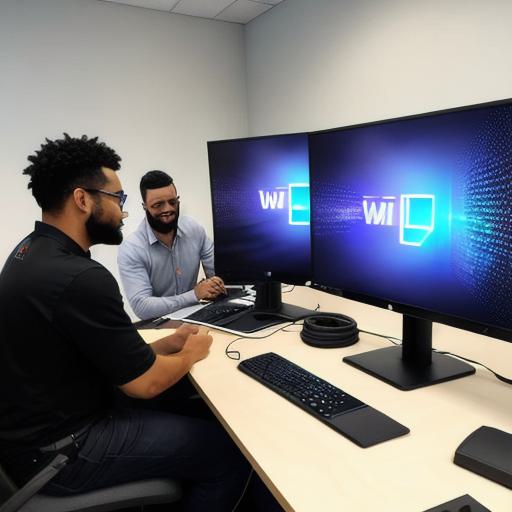When it comes to developing games or applications using Unity, understanding the difference between a development build and a regular build is crucial for Web developers. Both types of builds serve distinct purposes in the development process.
What is a Unity Development Build?
A development build, also known as an editor build, is a version of your Unity project that is specifically designed for testing and debugging during the development phase. It includes various features like console logging, additional debug menus, and easier access to scripting tools within the Unity Editor.
With a development build, you can make real-time adjustments to your game or application, test new features, and quickly identify and address bugs or issues. These builds are primarily used by developers during the creative process to fine-tune their project before sharing it with others.
Comparing Unity Development Builds and Regular Builds

A regular build, on the other hand, is the final output of your completed Unity project that’s optimized for deployment and distribution. It doesn’t include any editor functionality or debugging tools, ensuring a clean, lightweight, and performance-focused package. Regular builds are intended to be shared with end-users or customers, as they represent the polished, production-ready version of your game or application.

**Example Comparison: Development Build vs Regular Build**
Suppose you’re working on a 3D puzzle game using Unity. During development, you frequently need to test new script features and debug collision detection issues. In this scenario, you would primarily use development builds, which allow you to quickly test your changes and debug issues within the Unity Editor without affecting the final product.
When your game is feature complete and ready for release, you’ll create a regular build to distribute to players or clients. This version includes all the optimizations and improvements made during development while removing unnecessary editor functionality to ensure the best possible performance and user experience for your end-users.
**Conclusion: Development Builds vs Regular Builds in Unity**
In summary, understanding the difference between development builds and regular builds is essential for Web developers working with Unity. Development builds are designed for testing, debugging, and optimizing your project during development, while regular builds are meant for distribution to end-users or clients as a polished, production-ready version of your game or application.
By mastering the use of both development and regular builds, you’ll be well on your way to creating successful Unity projects that captivate audiences and deliver exceptional experiences.
